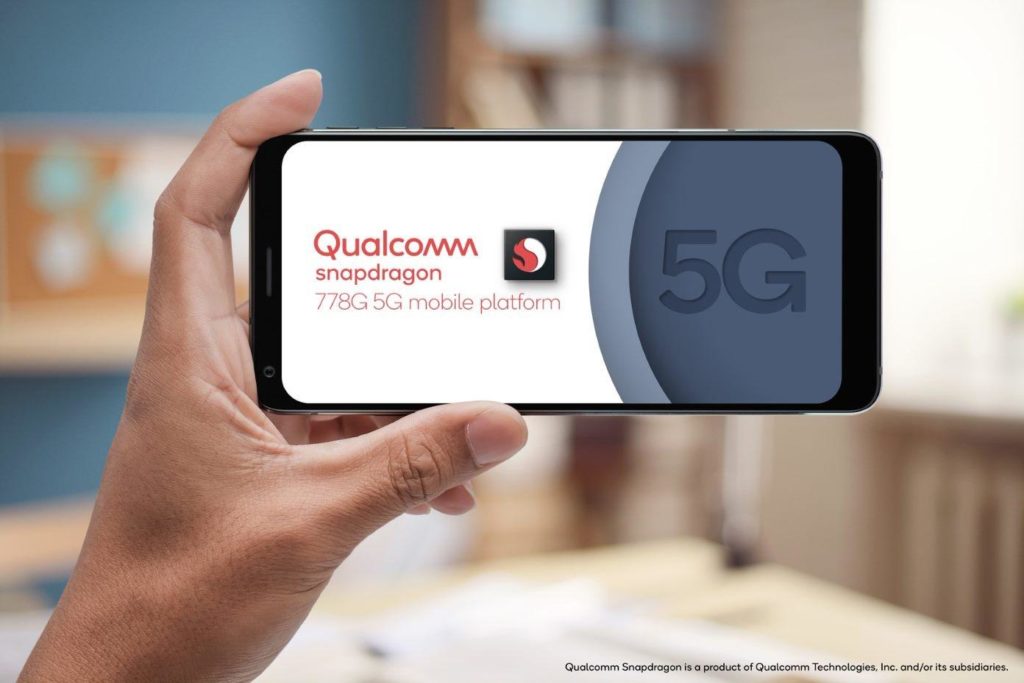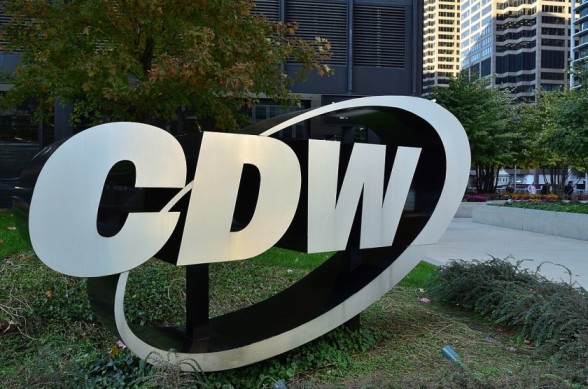Leidos – The Largest IT Service Provider in the Defense Sector.
Leidos is a global leader that provides cutting-edge technology solutions to customers in demanding situations. The main sectors that Leidos offers efficient solutions to are aviation, defense, information technology, and healthcare. Leidos provides a wide range of both hardware and software solutions from automatic equipment identification technology to security instruments and many more.
Leidos was formerly known as Science Application International Cooperation (SAIC) which is currently headquartered in Reston, Virginia, US. J. Robert Beyster founded the company in 1969 which now operates in four main divisions, namely, Civil, Health, Advanced Solutions, Defence & Intelligence. Roger Krone is the current CEO of the company and the company has approximately 32,000 employees.
The Establishment of Leidos
In 1969, Robert J. Beyster founded the company as Science Applications Incorporated (SAI) in San Diego, California. Before founding the company, Beyster was a scientist for Westinghouse Atomic Power Division and Los Alamos National Laboratory. In 1957, Beyster became the Chairman of the Accelerator Physics Department of General Atomics and later he sold stocks received from here to raise the money for his new company.
From the beginning of the entrepreneurial journey, Beyster’s company focused on projects for the US government. Initially, SAI focused on nuclear power and weapons effects study programs but soon the company was renamed as Science Applications International Cooperation (SAIC) and it eventually expanded its area of interest. The company worked on radiation therapy, assistance to the development of the cruise missile, post-accident cleanups in nuclear stations, design and evaluation of Stars & Stripes 87, design of the first luggage inspection machine, etc.

Beyster developed SAIC as an employee-owned company which helped in attracting many dedicated and highly motivated employees. This is the biggest reason that SAIC grew and expanded so fast in many sectors. Beyster retired in 2003 and in 2009 the headquarters of the company was shifted to Tysons Corner in Virginia. In 2012, the company had to pay a large sum of money to the City of New York for overbilling the city for seven long years.
The Founding Story of Leidos
In 2012, the company decided to split up into two independent trading companies thus forming a $4billion per year and $7billion per year publicly traded entities. The former focused on government services, systems engineering, technical assistance, financial analysis, and program office support. The $7billion company became an IT business specializing in national security, health, and the engineering sector. After the companies were split into two different businesses they were able to pursue more fields which created a conflict of interest as a whole.
In 2013, it was decided that the smaller company will continue with the name SAIC while the bigger company changed its name to Leidos and moved its headquarters to Reston. Leidos was the true successor of SAIC though it didn’t retain the name. So, the company retained SAIC’s pre-2013 stock price and corporate filing history. In 2016, Leidos announced one of the biggest deals in the defense sector as it merged with Lockheed Martin’s Information Systems & Global Solutions. This doubled the size of Leidos making it a leader in the global defense industry. In 2019, the company ranked 311 on the Fortune 500 list and its annual revenue summed up to $18.569 billion.
Subsidiaries and Structure of the Company
Leidos has multiple subsidiaries in a diverse market which helped it become successful in a short period. Some of the subsidiaries of the company are Systems Made Simple (SMS), QTC Management, Leidos Engineering, Leidos Health, CloudShield Technologies, Reveal, Dynetics, Leidos Biomedical Research, etc. In 2018, the company again shifted its headquarters to Reston, Virginia, and the new building was completed last year.
As mentioned earlier, the company is divided into four main sectors. The Civil Division deals with the aviation system, security transportation measures, IT infrastructure, and efficient energy. The Health division is responsible for optimizing healthcare companies, securing medical data, and providing better solutions for data entry. Leidos’ Advanced Solutions Division focuses mainly on data analysis, integrating advanced defense systems, etc. The Defense & Intelligence Division works on providing air service systems, geospatial analysis, cybersecurity, intelligence analysis, etc.
About J. Robert Beyster
Beyster was from Detroit, Michigan, and went to the University of Michigan. He served in the US Navy during World War II which might be one of the reasons why he focused on governmental projects when he started his own business. Apart from founding SAIC, he started the Foundation for Enterprise Development in 1986. In 2004, this foundation established Beyster Institute which is dedicated to training and education on entrepreneurial grounds. He passed away on 22nd December 2014 in his home.

Annasha Dey is an NIT student, who apart from studying engineering is also a content writer. She has a great interest in photography, writing, reading novels, and travelling as well. She is a foodie who loves socializing and hanging out with her friends. She is also a trained Kathak dancer and a big fashion enthusiast. Dey also loves watching TV series, which includes F.R.I.E.N.D.S. and Big Bang Theory. To be a better writer she prefers to read more






